How do we go about getting some excavating?
We need to have a French drain put next to a basement wall after removing a slab porch where do we start?
Related Discussions
GNATS - How to get rid of them?
Somehow my house and garden got tiny gnats that killed my fuchsia plant and fly everywhere. I have tried ALL the Web recommendations - soap and oil dishes, sand in th... See more
Marigolds growing! Should I pinch the buds?
My marigold plants are growing. I heard that pinching the buds until Autumn will allow them to grow without killing the plant. Is this true?
Growing garlic
Growing our first garlic, should we wait until the leaves are drying out before we pick it? Husband picked first one today along with our first potatoes.
How to keep mice out of your garden?
Hi everyone, I have mice in my garden destroying my vegetables and I have also noticed them in the barn and shed. Please can someone tell me how to prevent them from ... See more
What's the best flower/plant to grow in Texas?
I know that opinions vary, but what's your opinion?!I have great luck w Rosemary plants. Green all year long.
Any ideas on how to disguise a rain barrel?
I am about to install a 265 gallon white plastic tank in my backyard. The water will be used in my garden. Any ideas on ways to cover up the tank so it won't be such ... See more
Rain Gutter Grow System by Larry Hall is there anyone doing this??
Searching for others here who have used this system.
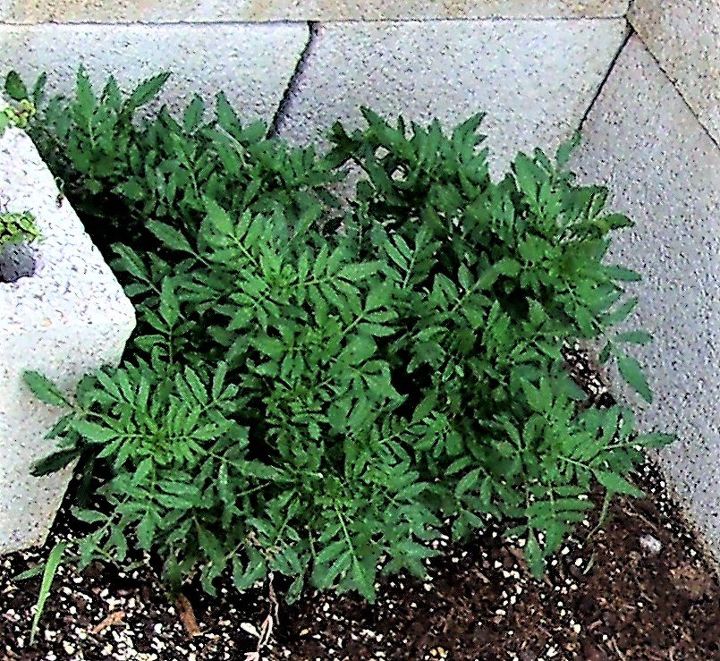
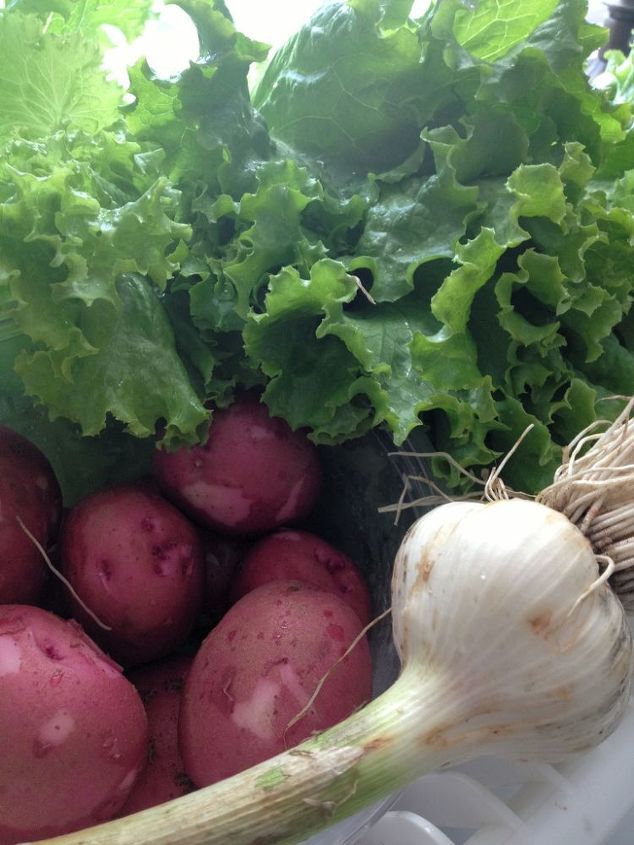
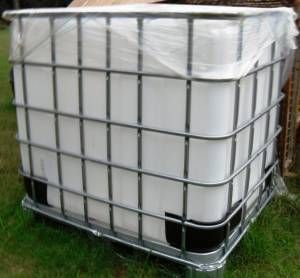
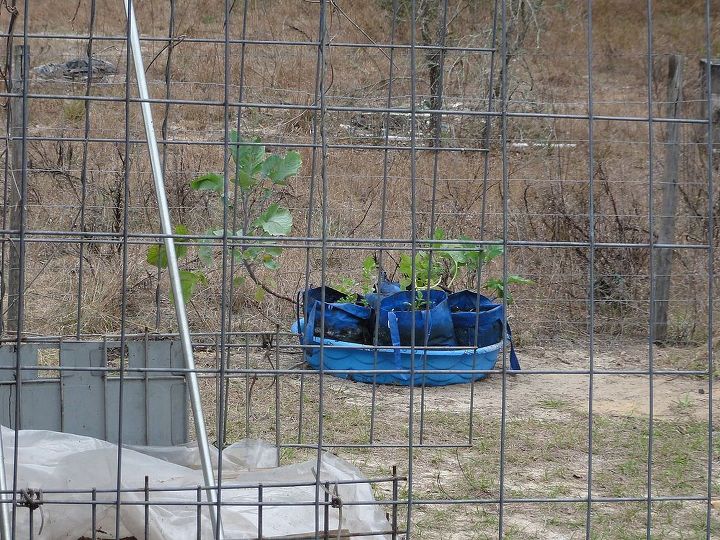
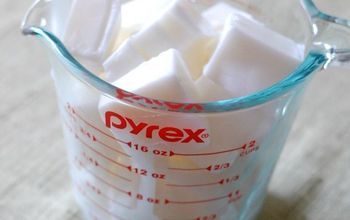
https://www.youtube.com/watch?v=vCkY6tPWWGE
Hi Patricia, this video show how to diy a french drain
https://www.youtube.com/watch?v=nY91WxP6v40
https://www.hgtv.com/remodel/outdoors/how-to-install-french-drains
https://www.wikihow.com/Build-a-French-Drain
https://www.homedepot.com/c/how_to_build_a_french_drain_HT_PG_PL
If you need to hire out, I would use a licensed landscape architect or gardener or even a plumber. Here is how to hire any type of contractor.
https://www.consumer.ftc.gov/articles/0242-hiring-contractor
You'll need to hire someone with many years of French drain installations and impeccable references. You can also research a system called "Hydro-Blox", which works on hydrostatic pressure, requires a shallower trench in colder areas of the country, handles a larger volume of water faster, and is reputed to last longer and cost less, at least in zone 5b, 6a, 6b.
Why do you think you need French Drain? does water pool there? Does back yard/area surrounding slope in that direction? Did some one tell you that you needed one? Average Drainage System Prices
Total Material CostsInterior Basement Floor French$2,000-$3,000Exterior Backyard French$200-$700Yard Pipe System$50-$200Trench / Channel$100-$300Catch Basin or Storm$50-$100Downspouts & Gutter$4-$100 eachWindow Wells$800-$2,800
Simply understanding that you need proper drainage is not enough. Now, depending on the type of water problems you have or anticipate, it's time to pick a solution that matches your needs. Several common types of solutions exist:French Systems - $200-$3,000
Depending on which system you get, you could pay as little as $200-$700 for this style and as much as $2,000-$3,000. This style takes advantage of gravity. It consists of a ditch filled with gravel and a perforated pipe, which guides water away from the area susceptible to damage. French styles make the most sense in one of two areas of your home:
In both cases, it helps collect excess moisture and guides it away from your foundation in order to prevent damage. More on the different types of interior and exterior solutions below.Yard Drainage Pipes - $50-$200This solution involves yard inlets, which are like small catch basins with grates on top. The inlets are connected to pipes and distributed elsewhere by way of emitters, which release the flow onto the surface elsewhere in your yard.Each inlet falls within the $4 to $10 range. Piping is $25 to $100 and more, and emitters are $15 to $20. You may also choose to direct the flow into a dry well or the municipal system.Especially if your property is relatively flat, be mindful of standing water in your yard after rain falls. Your water table will rise, leading to increased risk of moisture damage to your home. In that case, a network of pipes that distribute moisture equally throughout your property can help solve your issue.Trench or Channel - $100-$300This type acts to quickly remove retained puddles from large surfaces. They are ideal for driveways or other paved expanses. The design involves a trough or channel structure with a flush grate surface, placed in a trench.The price of the trough or channel will depend on length and material. A steel driveway trench, for example, could be $100 where a concrete one could be $300.Catch Basin or Storm Drain - $50-$100This collects water when it builds up during a storm and diverts it to the municipal sewer system. For residential applications, these basins do not exceed 2 x 2. Options include pre-cast concrete, cast-in-place concrete, polymer or plastic. They filter water that pours into them by way of a grate and a sump to keep out as many pollutants as possible. They are best for areas where wetness would otherwise pool during a storm, to protect landscapes and gardens.The variance in price often correlates directly with size: a 10 x 10 plastic catch basin is closer to $50 and a 12 x 12 basin with a galvanized steel grate will be $60-$100, for an average range of $50-$100. Basins of 22 x 22 range higher, around $300-$400. If you dont already have yard piping to direct the flow into the sewer, factor in the addition of piping materials.Downspout & Gutter Drainage - $4-$100 eachSometimes, an issue as simple as improper gutter drainage causes water problems. Make sure that your downspouts lead far enough away from your property to avoid risking damage to your foundation. If they dont, here are a few options:
Also known as and associated with egress windows, these do more than let in light and provide and escape. They should also work to direct moisture away from the foundation. The gravel base in the well collects moisture on its own and directs it away. If this is not efficient enough and your well forms puddles, you can add in a pipe which carries the flow to the perimeter units.
Regular wells could be $800 to $1,800, where higher-end options could range up to $2,800. For existing window wells that are retaining puddles, consult with a professional about getting a pipe.CONSULT WITH A BACKYARD DRAINAGE PROFESSIONAL